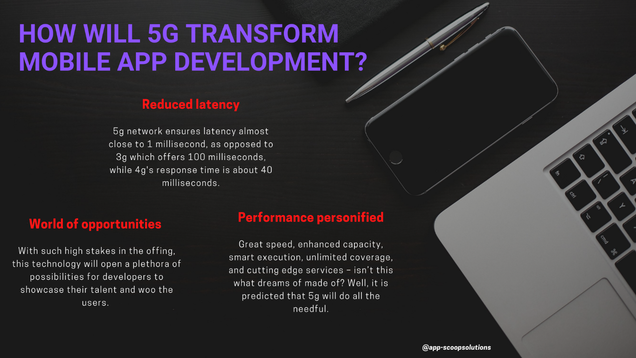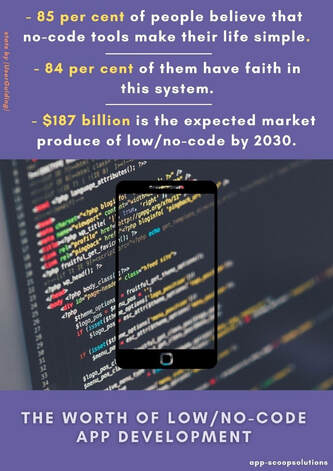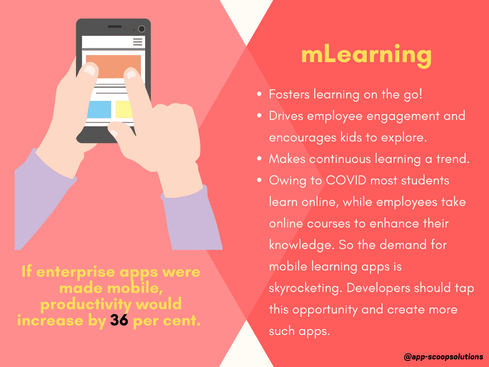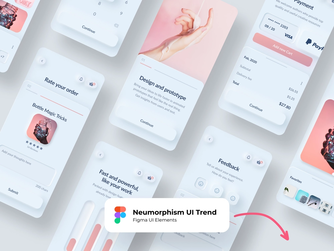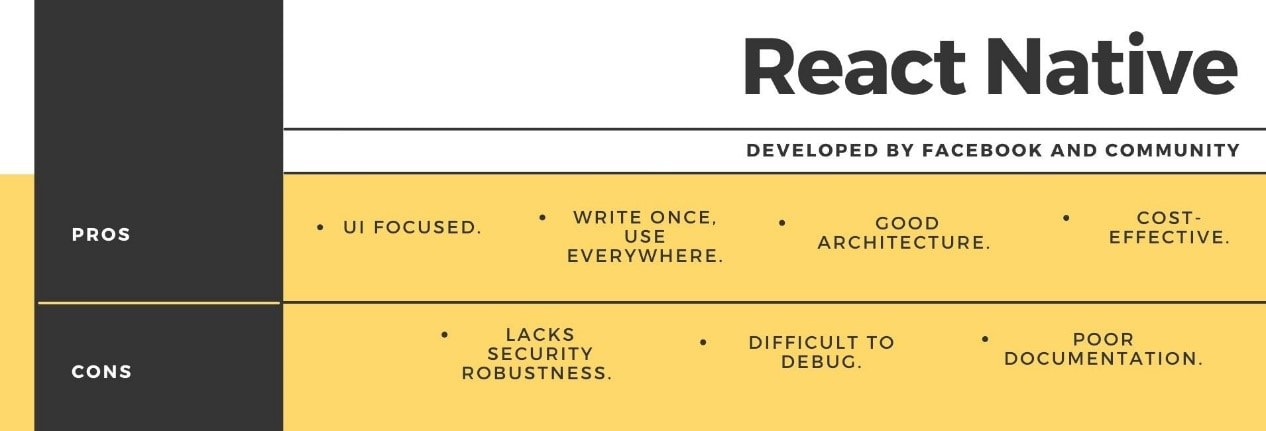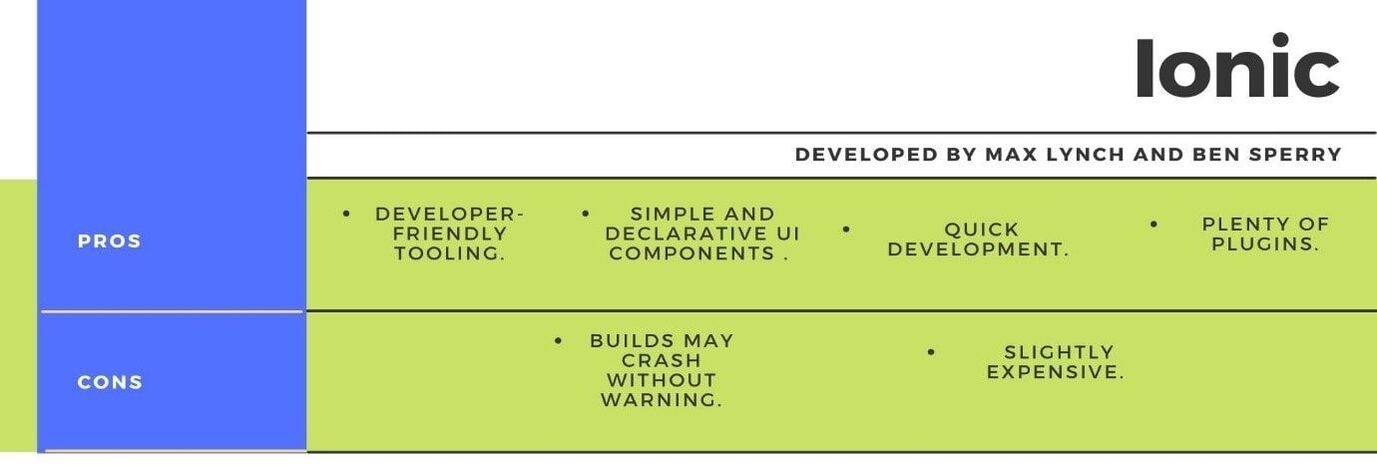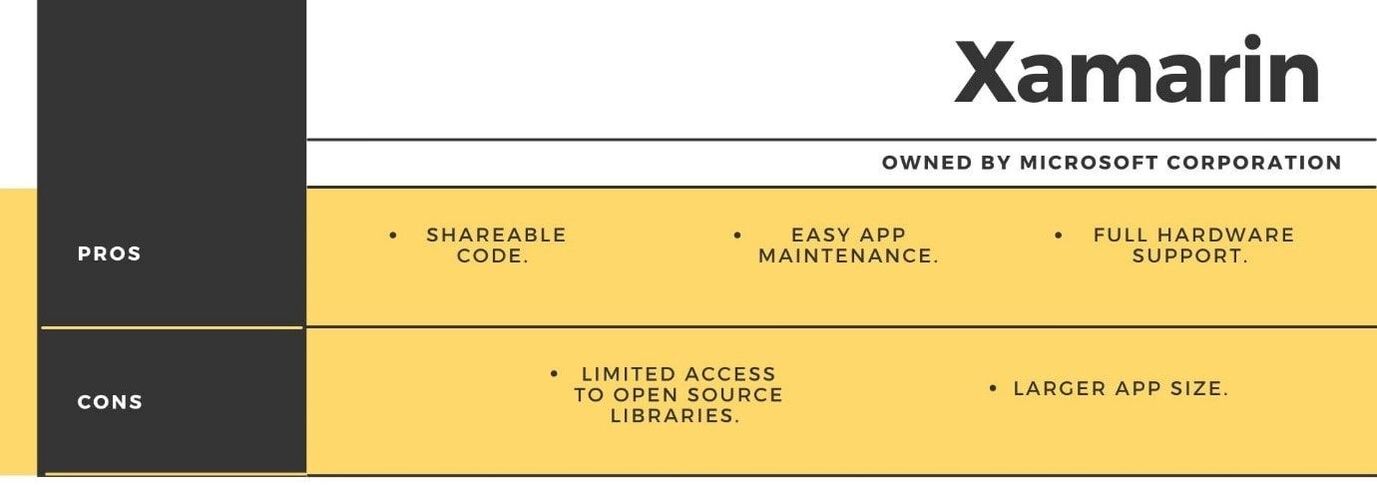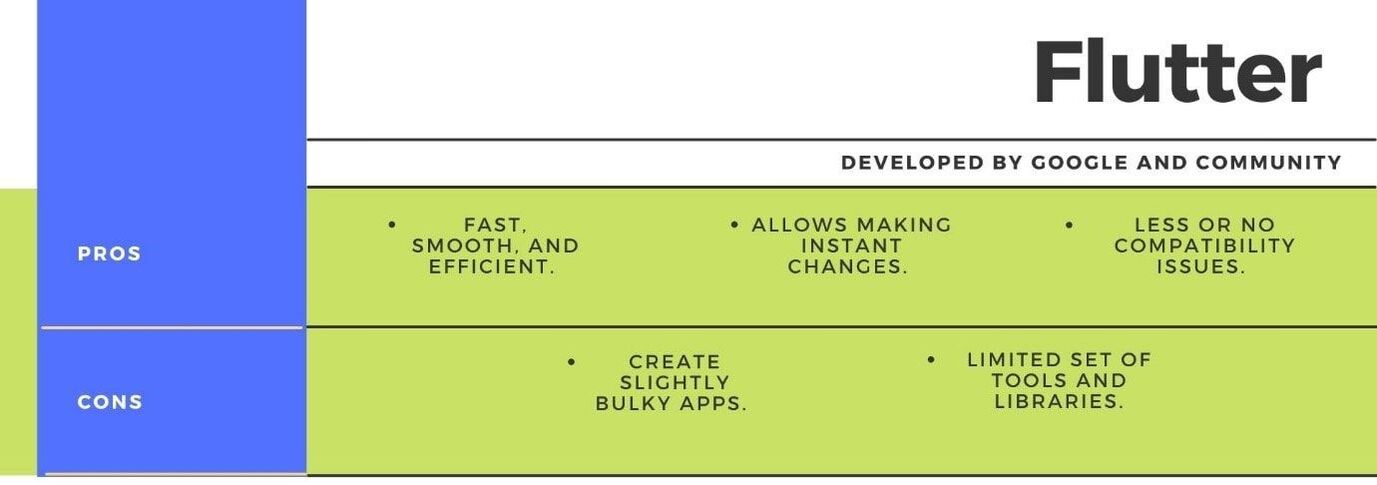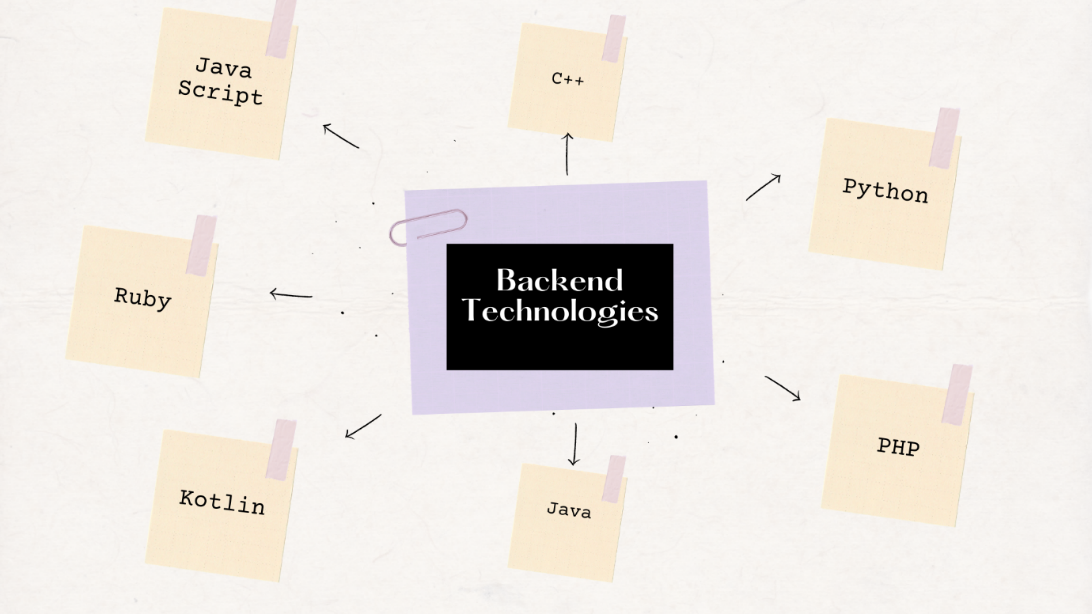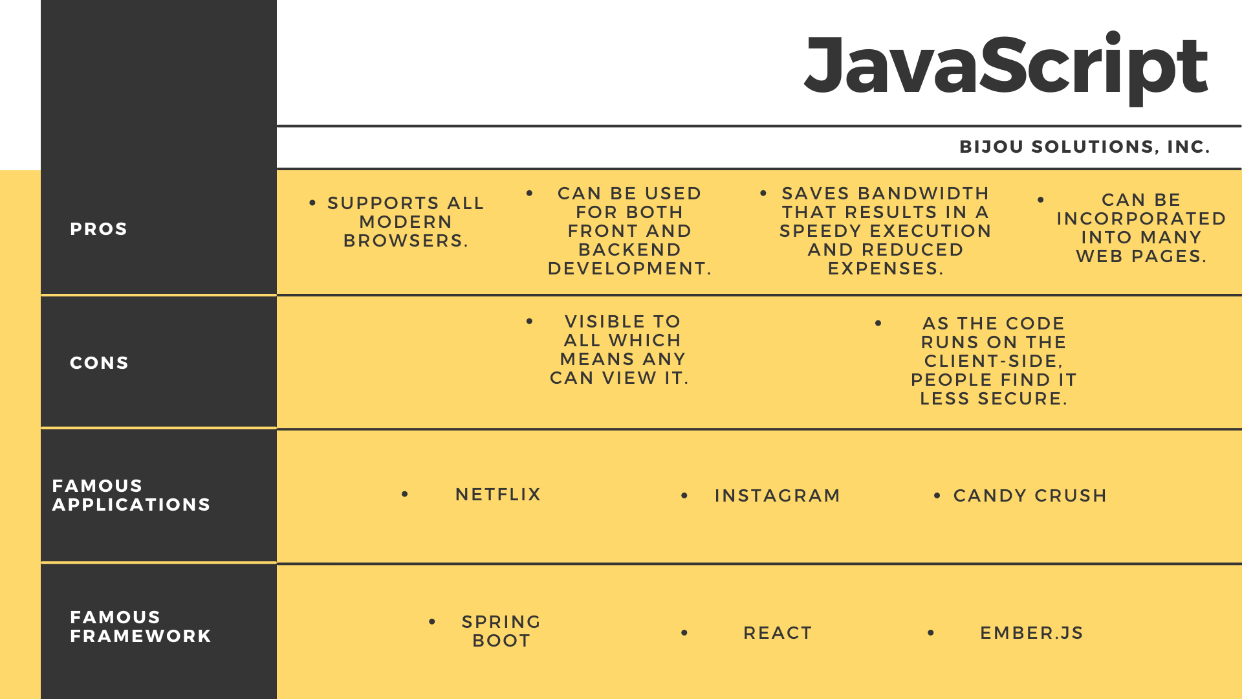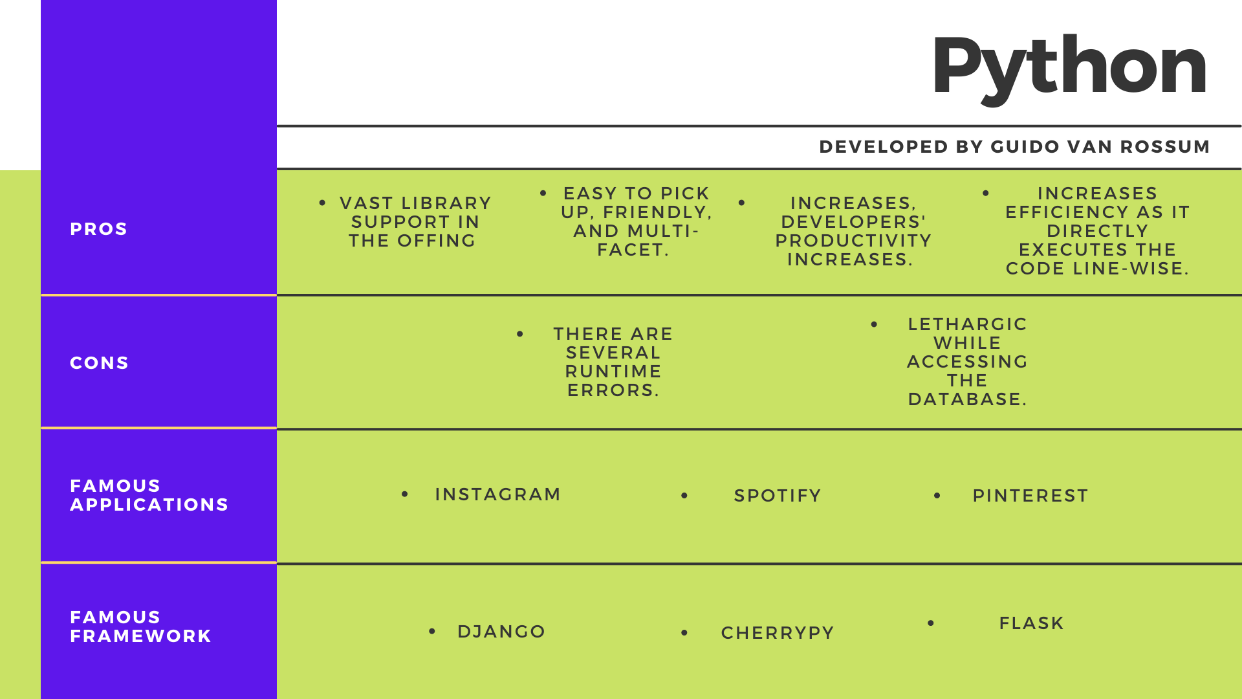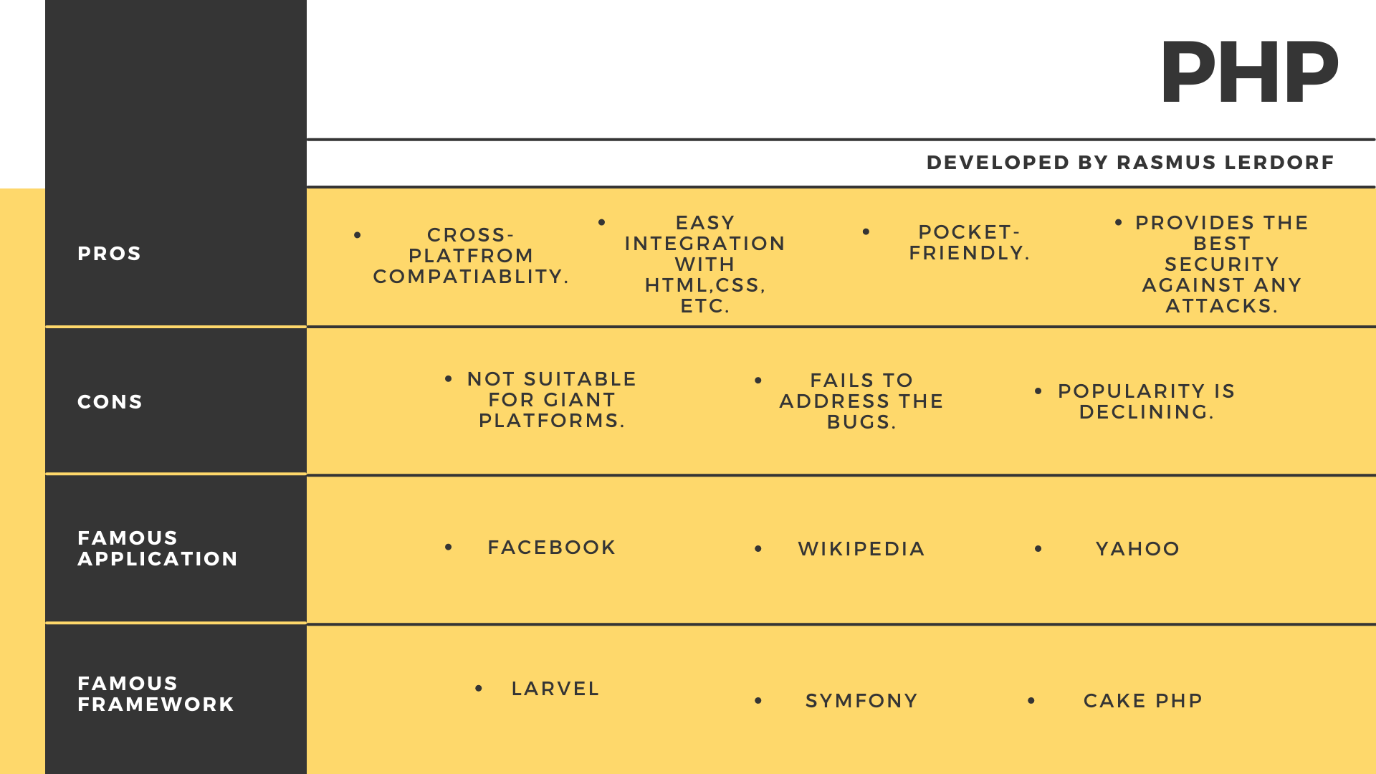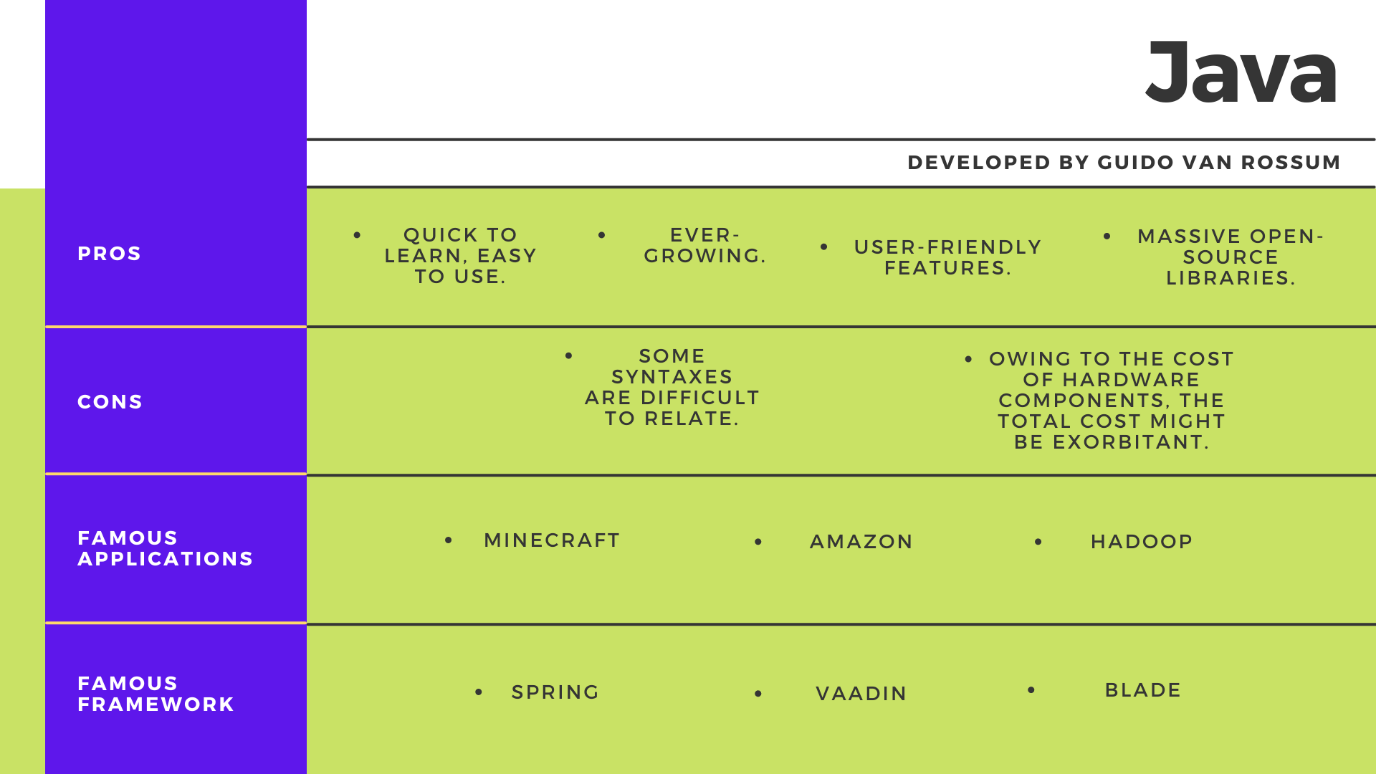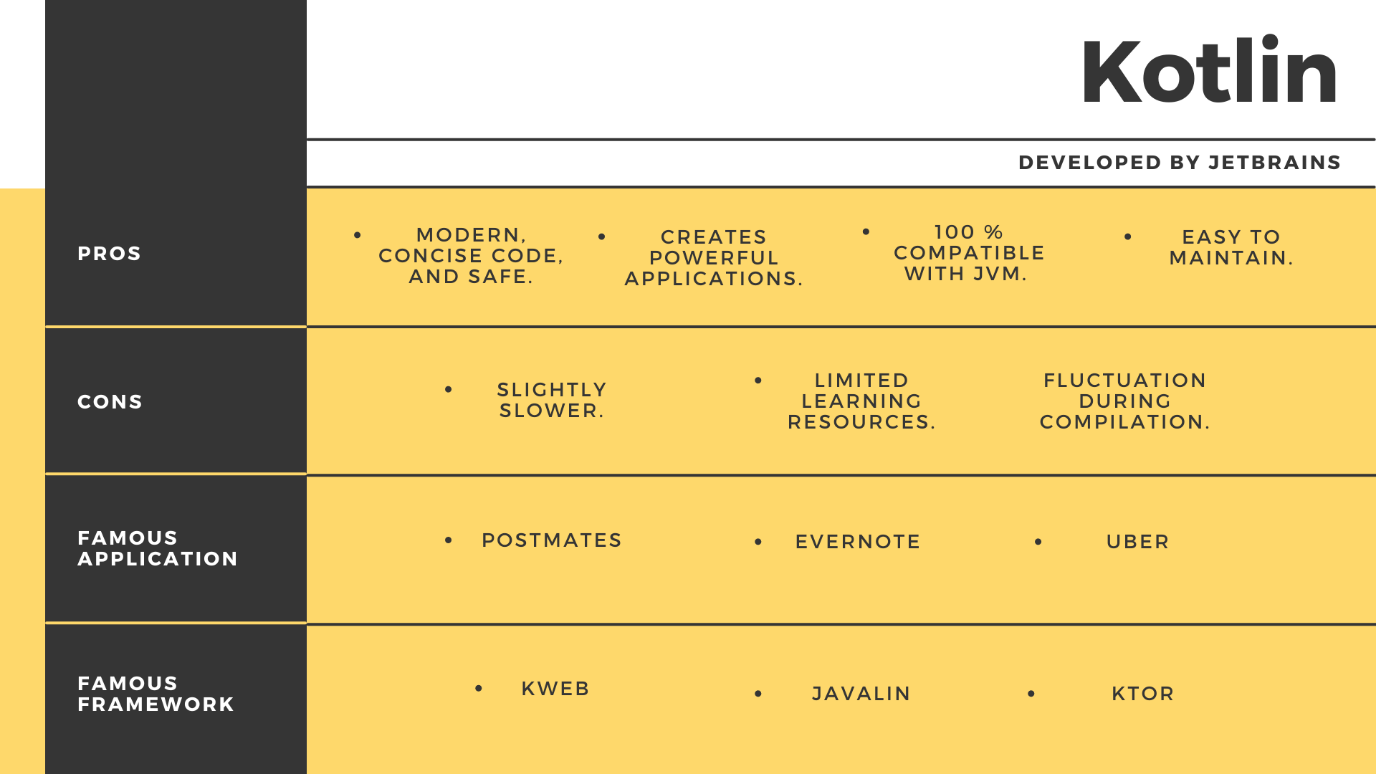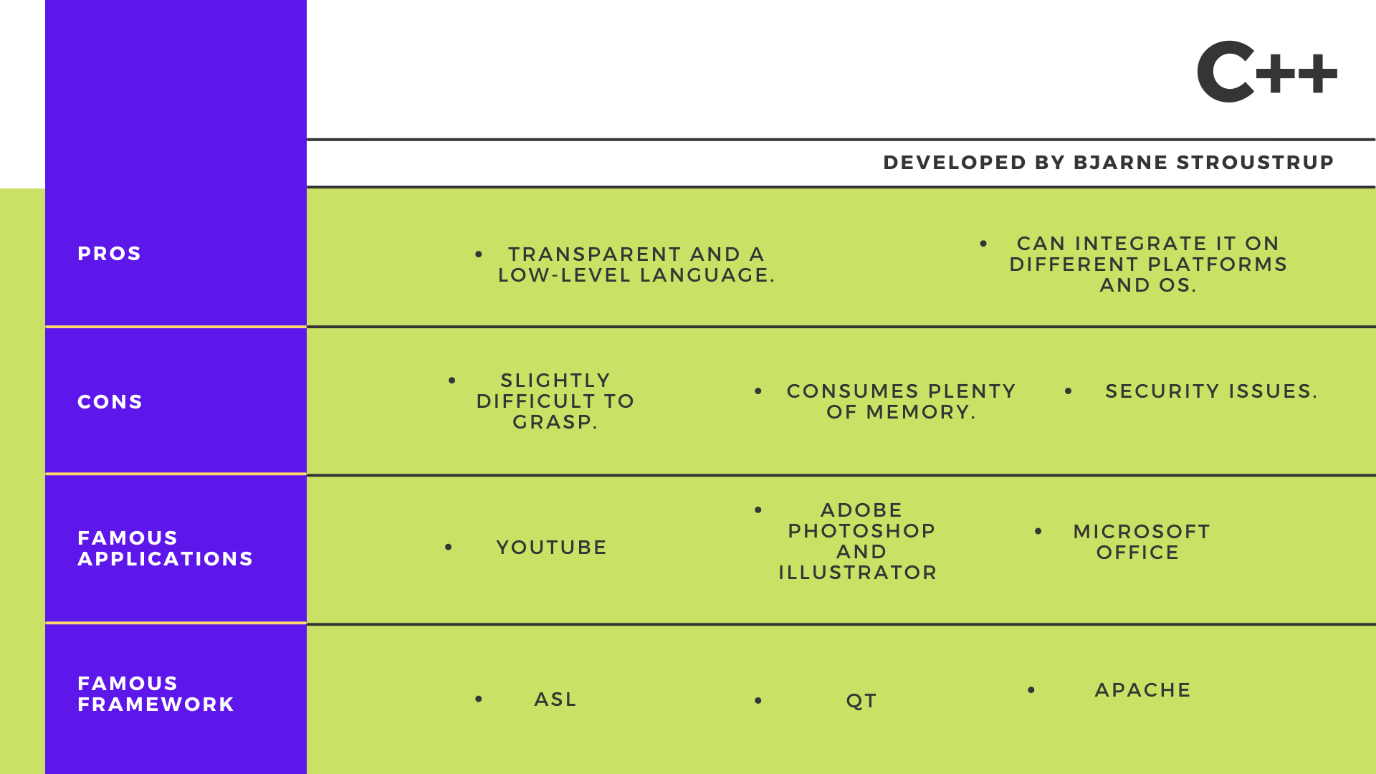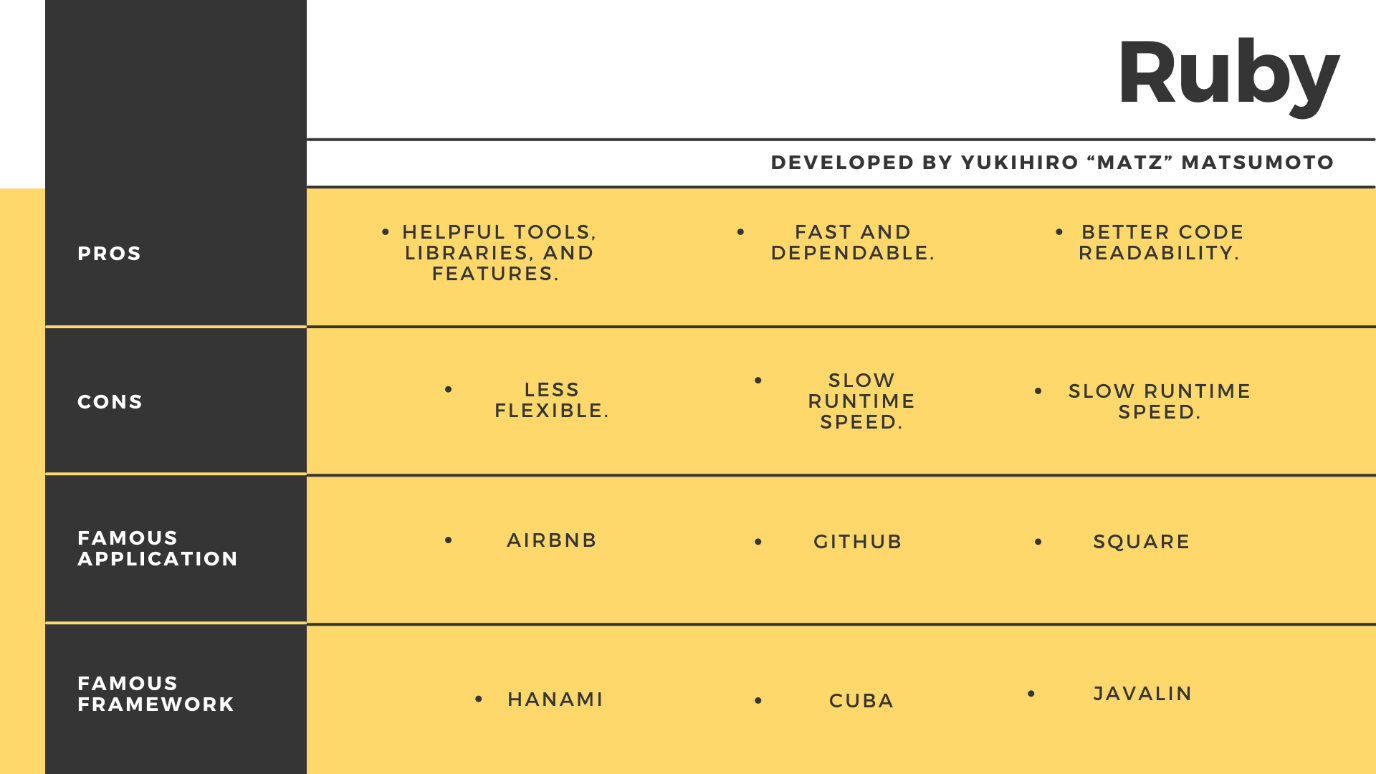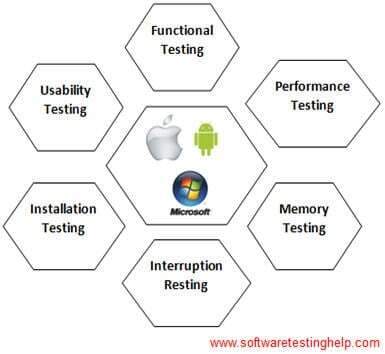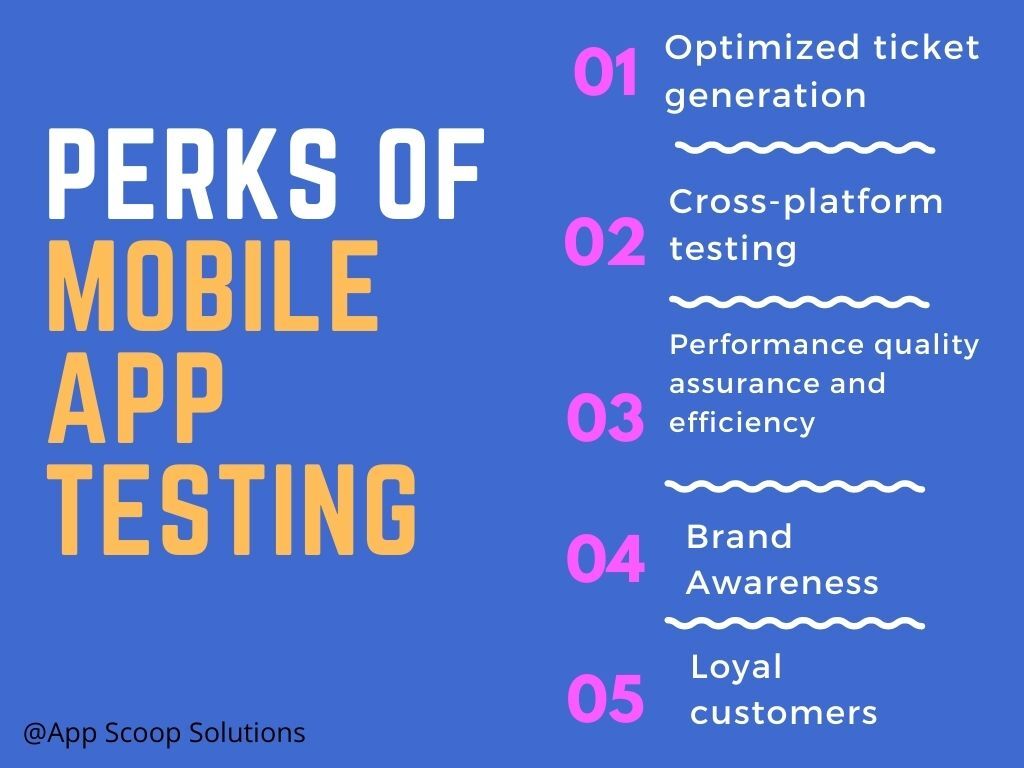What are Low Code and No Code Platforms?
Low code platforms provide developers with visual, drag-and-drop tools to build applications quickly, using minimal hand-coding. These platforms often come with pre-built templates, development components, and integrations, enabling developers to focus on high-level logic rather than boring coding tasks. No code platforms take this concept a step further, allowing non-technical users to create fully functional applications without writing a single line of code. These platforms typically feature intuitive interfaces and visual modelling tools, empowering citizen developers to automate workflows, design user interfaces, and deploy applications with ease.
Rise of Low Code/No Code Platforms
Low code and no code platforms have gained significant traction in recent years, driven by the need for faster development cycles and increased agility in response to market demands. According to Gartner, the low code development market was estimated to reach $26.9 billion in 2023, reflecting a 19.6% increase from the previous year.
Image Source: Gartner
Key Components and Features of Low Code Platform
Low code/no code platforms offer a range of features designed to streamline the development process:- Drag-and-Drop Interface: Enables users to visually design application development components and workflows.
- Pre-built Templates and Components: Accelerate development by providing ready-made modules for common functionalities.
- Visual Modeling Tools: Simplify complex logic through visual representations and workflows.
- Integration Capabilities: Seamlessly connect with third-party services and APIs to enhance functionality.
- Deployment Options: Support various deployment models, including cloud-based, on-premises, and hybrid deployments.
- Customization and Extensibility: Allow developers to customize and extend platform capabilities to meet specific requirements.

Advantages of Low Code/No Code Platforms
The adoption of low code/no code platforms offers several benefits:- Faster Development: Reduce development time by eliminating manual coding and leveraging pre-built components.
- Lower Costs: Cut down on development costs and resource requirements by empowering citizen developers and reducing the need for specialized skills.
- Increased Agility: Respond quickly to changing market demands and business requirements with flexible and scalable development approaches.
- Empowerment of Non-Technical Users: Democratize application development and foster a culture of innovation by involving stakeholders across the organization.
- Encouragement of Innovation: Foster a culture of experimentation and innovation by enabling rapid prototyping and iteration.
Challenges and Limitations
While low code/no code platforms offer significant advantages, they also present some challenges:- Scalability Limitations: Complex applications may outgrow the capabilities of low code/no code platforms, requiring custom development solutions.
- Complexity of Advanced Applications: Building highly specialized or intricate applications may still require traditional development approaches and technical expertise.
- Vendor Lock-In Concerns: Dependence on a single platform vendor may limit flexibility and create long-term dependencies.
- Security and Compliance Issues: Ensure compliance with regulatory requirements and industry standards when using third-party platforms and services.
- Potential for Technical Debt: Rapid development may lead to accumulated technical debt if proper governance and oversight are not maintained.

4 Low-Code/No-Code Trends To Look Out For
The future of low code/no code platforms looks promising, with continued innovation and evolution:| Growth and Adoption | Expect to see continued growth in the adoption of low code/no code platforms across industries and organizations of all sizes. |
| Evolution of Platforms | Anticipate the evolution of low code/no code platforms with enhanced features, integrations, and capabilities to support more complex use cases. |
| Integration with Emerging Technologies | Look for increased integration with emerging technologies such as artificial intelligence, machine learning, and blockchain to further enhance platform capabilities. |
| Impact on Traditional Development Practices | Prepare for a shift in traditional development practices as low code/no code platforms become an integral part of the software development lifecycle. |
Frequently Asked Questions
What is a low-code/no-code platform?
A low-code/no-code platform allows users to build applications with minimal or no coding knowledge by using visual interfaces and pre-built components, speeding up app development and making it accessible to non-developers.
What is the difference between low-code and no-code platforms?
Low-code platforms require some coding for customization, while no-code platforms are designed for complete non-technical users, offering drag-and-drop functionality with no coding required.
What are the benefits of using a low-code/no-code platform?
These platforms allow faster development, reduce reliance on skilled developers, lower development costs, and enable businesses to prototype and deploy apps more quickly.
Can complex apps be built using low-code/no-code platforms?
Low-code/no-code platforms are best suited for simple to moderately complex applications. For more advanced or highly customized apps, traditional development may still be required.
Are low-code/no-code platforms suitable for startups?
Yes, startups can benefit from low-code/no-code platforms by rapidly building and testing apps without significant investment in technical resources. This allows them to focus on business development and scaling.
What types of apps can be built on low-code/no-code platforms?
Low-code/no-code platforms are commonly used for building business process apps, internal tools, customer portals, landing pages, e-commerce sites, and simple mobile applications.
What are the limitations of low-code/no-code platforms?
Limitations include limited customization options, scalability issues, and the potential difficulty of integrating complex third-party services. They may also lack the flexibility of fully custom-built solutions.
How do low-code/no-code platforms affect development teams?
These platforms enable non-developers to build apps, which can free up developers to focus on more complex tasks. However, reliance on low-code/no-code tools could lead to maintenance challenges if the app grows in complexity.
Are low-code/no-code platforms secure?
Security varies by platform. While many offer robust security features, users must ensure they choose a platform with proper data encryption, secure authentication methods, and compliance with industry standards.
Can low-code/no-code apps be scaled?
While low-code/no-code platforms are generally suitable for small to medium-scale applications, scaling them may become challenging as the app grows or requires more advanced features, at which point custom development may be necessary.




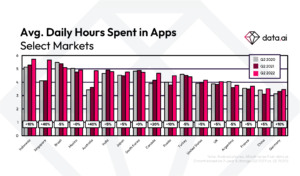



 Tip: Searching for the
Tip: Searching for the 



